Description
What is a 433.92 MHz Antenna For a 433mhz Transmitter?
The Spring antenna 433.92 MHz Antenna For 433mhz Transmitter CTRF-ANTENNA-SP-0433-3405 433.92MHz is specialized for wireless data transmission with good performance helical antenna manufactured by C&T RF Antennas Inc.
This CTRF-ANTENNA-SP-0433-3405 433.92 MHz antenna with good performance of V.S.W.R, a small size design, easy installation, stable performance, good anti-shock, and anti-aged compatibility with RF Modules.
C&T RF Antennas Inc provides internal & external antennas with antenna radio frequencies such as NFC, 169MHz, 230MHz, 315MHz, 433MHz, 868MHz, 915MHz, VHF&UHF, Lora, NB-IoT, ADS-B, GSM, GNSS, GPRS, 1.2 GHz, 1.4 GHz, 1.8 GHz, Wi-Fi 2.4 GHz, 5.8 GHz, Cellular 2G, 3G, 3.5 GHz, 4G LTE, GPS, 5G NR, 6G, etc.
C&T RF Antennas Inc. provides RF antennae with Omni & Directional antenna types such as Dipole Antennas, Whip Antennas, Marine Antennas, Router Antennas, MIMO Antennas, Combo Antennas, PCB Antennas, FPC Antennas, Spring Antennas, Magnetic Antennas, Sector Antennas, Yagi Antennas, and Accessories, etc, for IoT & M2M industries.
Contact us for more details on the 433.92 MHz Antenna For 433mhz Transmitters such as 433.92 MHz Antenna For 433mhz Transmitter datasheet, 433.92 MHz Antenna For 433mhz Transmitter pricing, and 433.92 MHz Antenna For 433mhz Transmitter inventory.
Or other 433.92 MHz Antenna styles.
433.92 MHz Antenna For 433mhz Transmitter Antenna Specifications:
433.92 MHz Antenna Electrical Specifications |
|
| RF Antenna Type | Embedded Spring Antenna |
| Model | CTRF-ANTENNA-SP-0433-3405 |
| Frequency | 433.92MHz |
| Gain | 2.5dBi |
| VSWR | ≤2.0 |
| Impedance | 50 Ω |
| Polarization | Vertical Polarization |
| Lightning Protection | DC-Ground |
433.92 MHz Antenna Mechanical Specifications |
|
| Dimension | 34*5mm |
| Weight | Approx. 3g |
| Material | Copper Wire |
| Operation Temperature | – 40 ˚C ~ + 65 ˚C |
| Storage Temperature | – 40 ˚C ~ + 70 ˚C |
| Finished Antenna Color | Copper |
| Antenna Design | Internal Antenna |
| Mounting | Connector/Soldered |
| SafetyEmission and other | RoHS Compliant |
| Applications | Public Safety/LMR/P25/TETRA, ISM/SCADA/Utilities, RFID, IoT/NB-IoT/LoRa, etc. |
Applications of helical spring coil antenna 433.92 MHz antenna
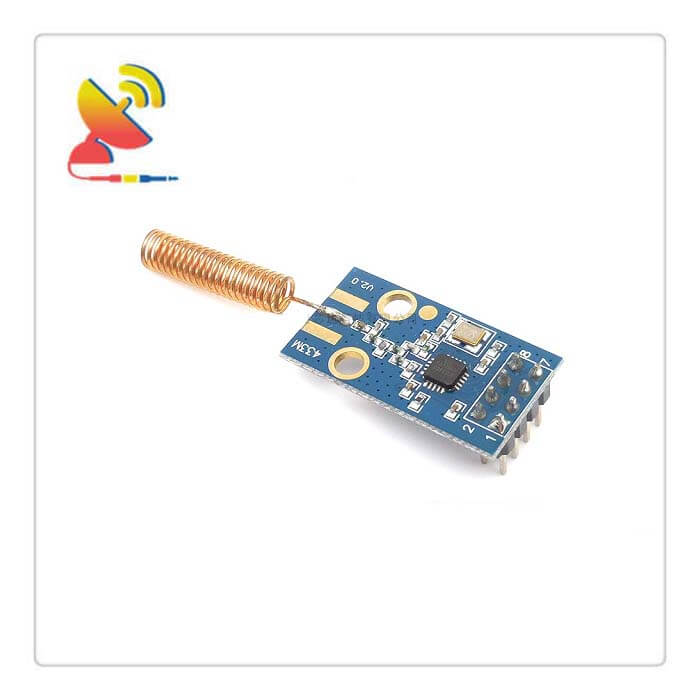
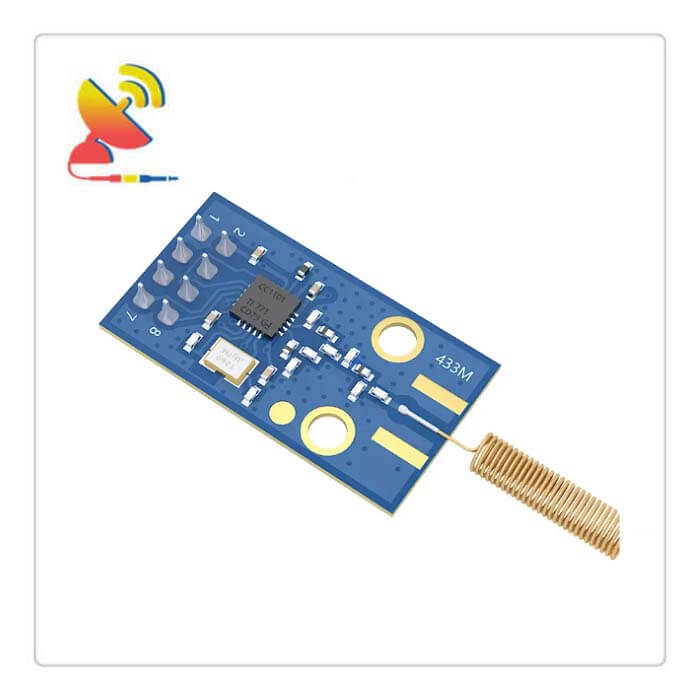
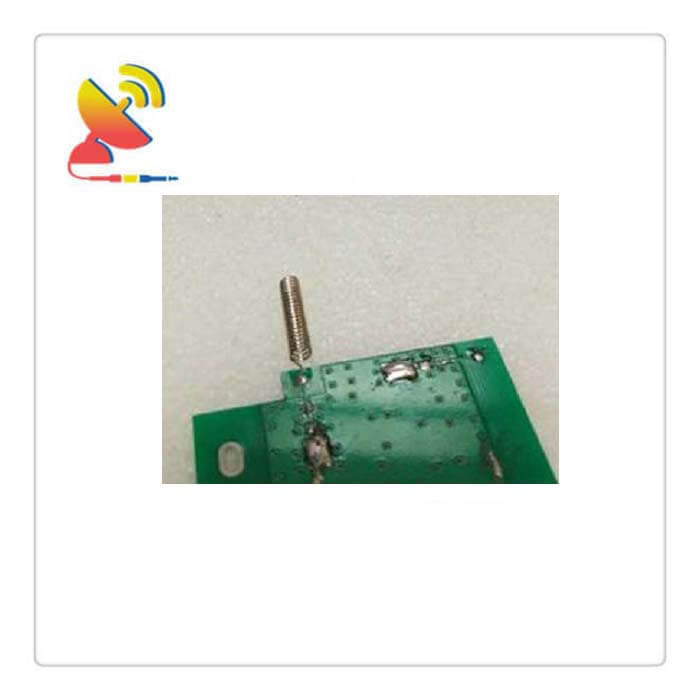
How to design a 433.92 MHz Antenna?
Use a 1/4-wavelength wire, if it is 433.92MHz (megahertz), use 17cm. If it is 433mHz (millihertz), it should be 1 billion times longer.
Wavelength baiλ=speed of light c/frequency f, wavelength λ=(3*100000000)/433MHz, wavelength λ=0.69 meters, generally use 1/4 wavelength ordinary wire, that is, the length of the wire should be 17 cm. Generally, 315M uses a 23cm wire. The 433.92 MHz Antenna is about 17cm.
Adding an antenna to an appropriate position can increase the communication distance.
Introduction to key parameters of spectrum analyzer and setting principles
VBW:
Display bandwidth-a wider frequency range can be seen during the test, if the signal to be observed is finer, it needs to be reduced;
RBW:
Resolution bandwidth also called reference bandwidth by some, indicates how much bandwidth power is being tested;
For example, when testing the CDMA power, it should not be too large or too small, and should correspond to the signal bandwidth;
There are also certain requirements for RBW for testing link noise.
RBW is actually the bandwidth of the internal filter of the spectrum analyzer (it is the 3dB bandwidth of the IF filter). Setting its size can determine whether two closely adjacent signals can be separated.
Its setting has an influence on the test result. The reading is accurate only when the RBW is set to be greater than or equal to the working bandwidth
Setting principle:
RBW:
The general principle is that the resolution bandwidth of the measuring receiver (3dB bandwidth of the final IF filter) should be equal to the reference bandwidth.
But in order to improve the accuracy, sensitivity, and efficiency of the measurement, the resolution bandwidth can be different from the reference bandwidth.
VBW:
The display bandwidth is at least the same as the resolution bandwidth, preferably 3 to 5 times the resolution bandwidth. Video bandwidth (VBW) reflects the bandwidth of the video amplifier between the envelope detector and the analog-to-digital converter in the measurement receiver.
Changing the VBW setting can reduce the amount of noise peak-to-peak variation, improve the resolution and recurrence rate of signal measurement with a lower signal-to-noise ratio, and it is easy to find small signals hidden in the noise.
433MHz VS 2.4GHz VS GPRS wireless transmission
According to the characteristics of 433MHz high sensitivity, strong diffraction, and strong anti-interference ability, it is very suitable for smart meter reading, long-distance remote control, street lamp control, and other small data volume and long-distance stable transmission schemes.
Of course, with the development, in order to make up for the shortboard of slow transmission rate and fewer transmission data at 433MHz, modules with continuous transmission characteristics have appeared.
At the same time, in order to meet market demand, wireless modules supporting full-duplex mode have also appeared at 433MHz.
For the short communication distance, 433MHz can be increased by increasing the power, and the choice of a high-gain antenna can also increase the communication distance. Therefore, the current products based on 433MHz are stable and diverse.
2.4G has the advantage of high-speed networking, so it is very suitable for wireless door locks, smart homes, security monitoring, and other places where distance requirements are not high, but various devices in the local area are used flexibly.
Due to the rapid development of handheld and wearable products, the requirements for battery usage and low power consumption are relatively strict. 2.4G has great advantages in the field of low power consumption, so it is very suitable for handheld, wearable, and low-power.
Consumption areas
Because 2.4G products such as wifi have become popular, and 2.4G bandwidth resources are limited, it is a breakthrough point for 2.4G products that can automatically identify interference and switch frequencies.
GPRS is related to the network in the surrounding environment (basically covered), so compared to 433M and 2.4G, there is basically no distance limitation.
It is mainly used in the industrial field, suitable for mobile complex application environments such as industrial control, remote sensing monitoring, remote meter reading, and intelligent transportation. Of course, a SIM card is required to pay for the corresponding traffic.
In general, if you consider the cost and only need long-distance control or small data transmission, you can give priority to 433MHz products.
If cost is considered, a short-distance complex network transmission is required, and there are many functions with low power consumption, 2.4GHz products can be selected.
If the cost limit is not high, but a stable and complex environment is required, mobile and the communication range is wide, GPRS products are recommended.
C&T RF Antennas Inc. supplies the spring antenna coil helical antenna with 315 Mhz, 433 Mhz, 868 Mhz, 915 Mhz, Wifi, GSM, etc.


433.92 MHz Antenna For 433mhz Transmitter Video

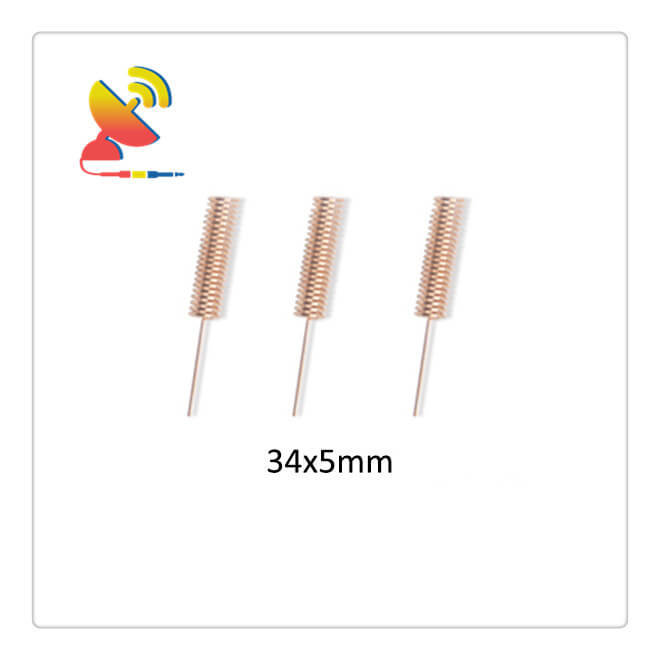

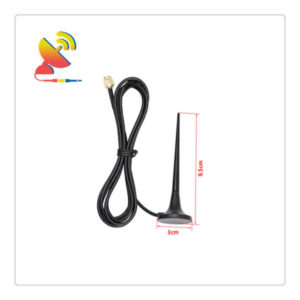
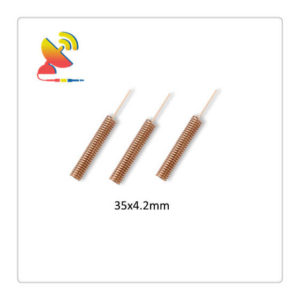
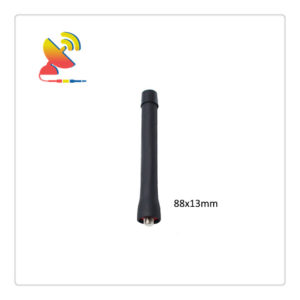
Reviews
There are no reviews yet.